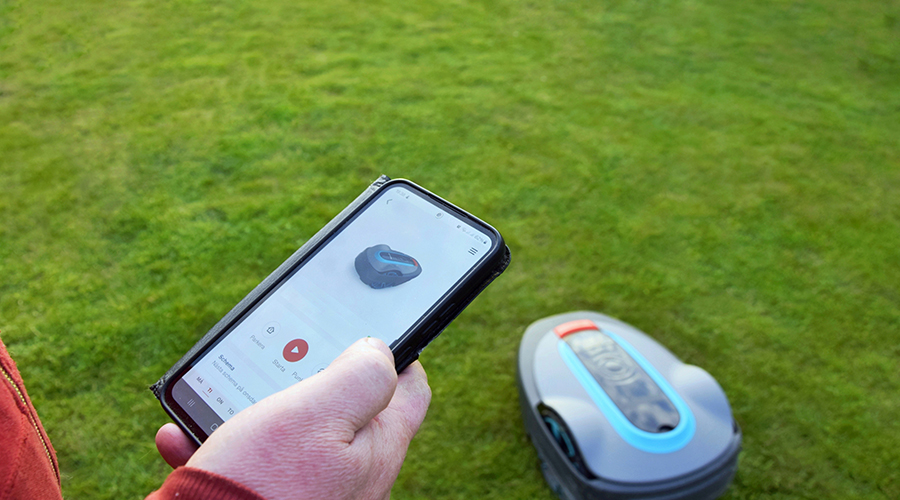Tackling Snow and Ice Removal
snow, plow, deicing, anti-icing, skid steer, backhoe December 20, 2007
Hi. This is Chris Matt, Associate Editor of Maintenance Solutions magazine. Today’s tip … snow- and ice-removal tactics.
Managers must examine snow and ice maintenance with one overall goal in mind: maintaining a safe environment for pedestrians and vehicles, allowing people to go about their daily lives and limiting risk for the organization.
With that in mind, consider these snow- and ice-removal tips. When using a straight plow, the driver should angle the blade away from the building on the first pass. Subsequent passes should be made away from the building and toward the outer perimeter. When using V-plows, the driver needs to use a V-position to make an initial breakthrough. This position also is effective for hard-packed snow, ice and deep drifts.
A snow pusher on a loader, backhoe, skid steer or compact utility vehicle can move large volumes of snow. Pushers contain the snow and help minimize windrows (wind-rows), which eliminates the need for repeated plowing to clean up spills.
Understanding the difference between deicing and anti-icing also can give managers insights into dealing with ice efficiently. Deicing is the reactive application of ice-control products to melt existing snow and ice on driving or walking surfaces.
Anti-icing refers to the proactive application of ice- and snow-melting products before a storm. This tactic helps prevent snow and ice from bonding to the pavement, and workers can clear them away more easily.
Next
Read next on FacilitiesNet







